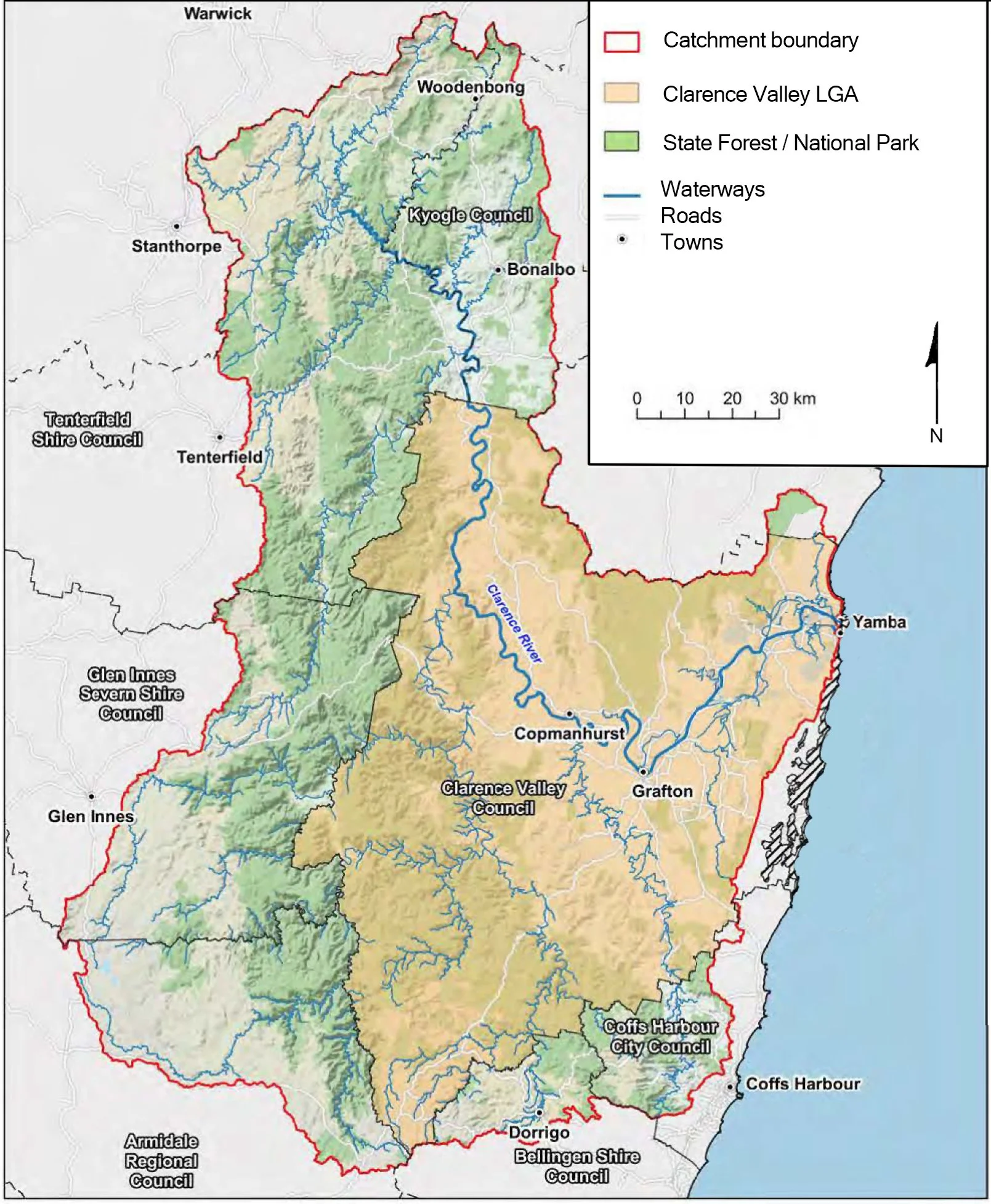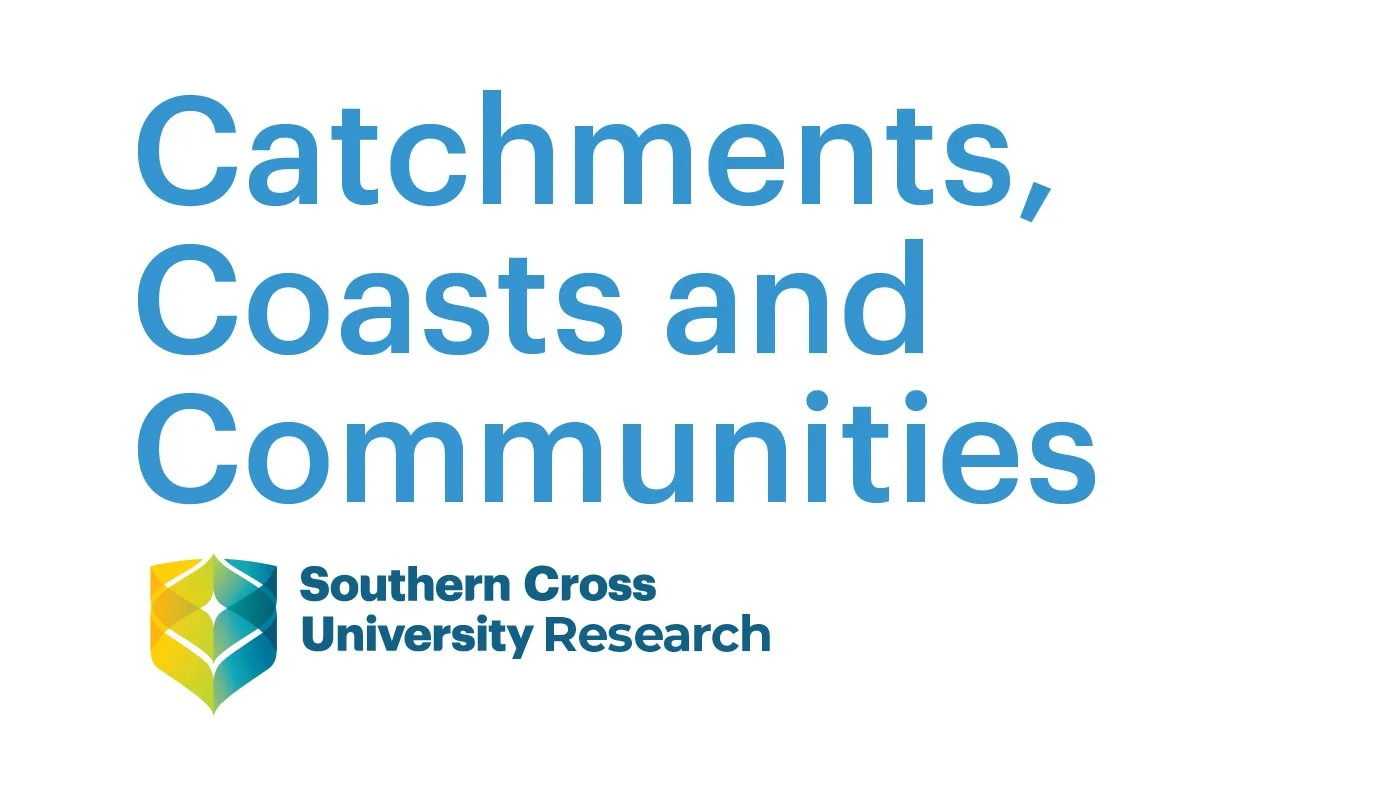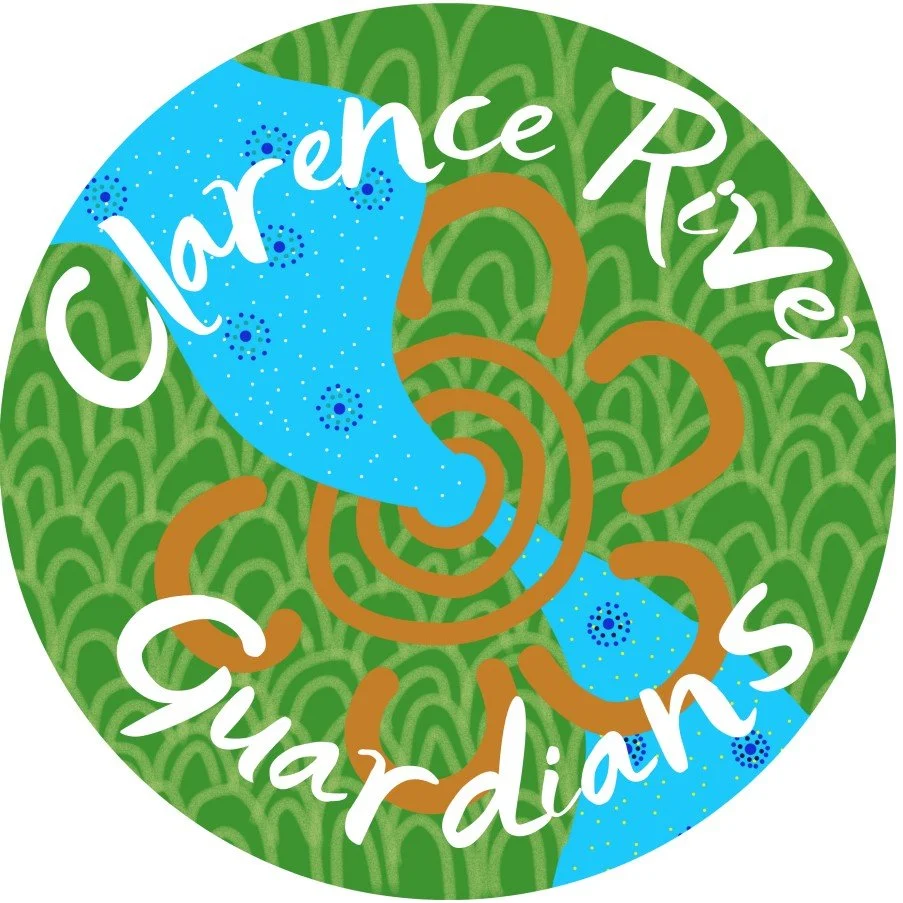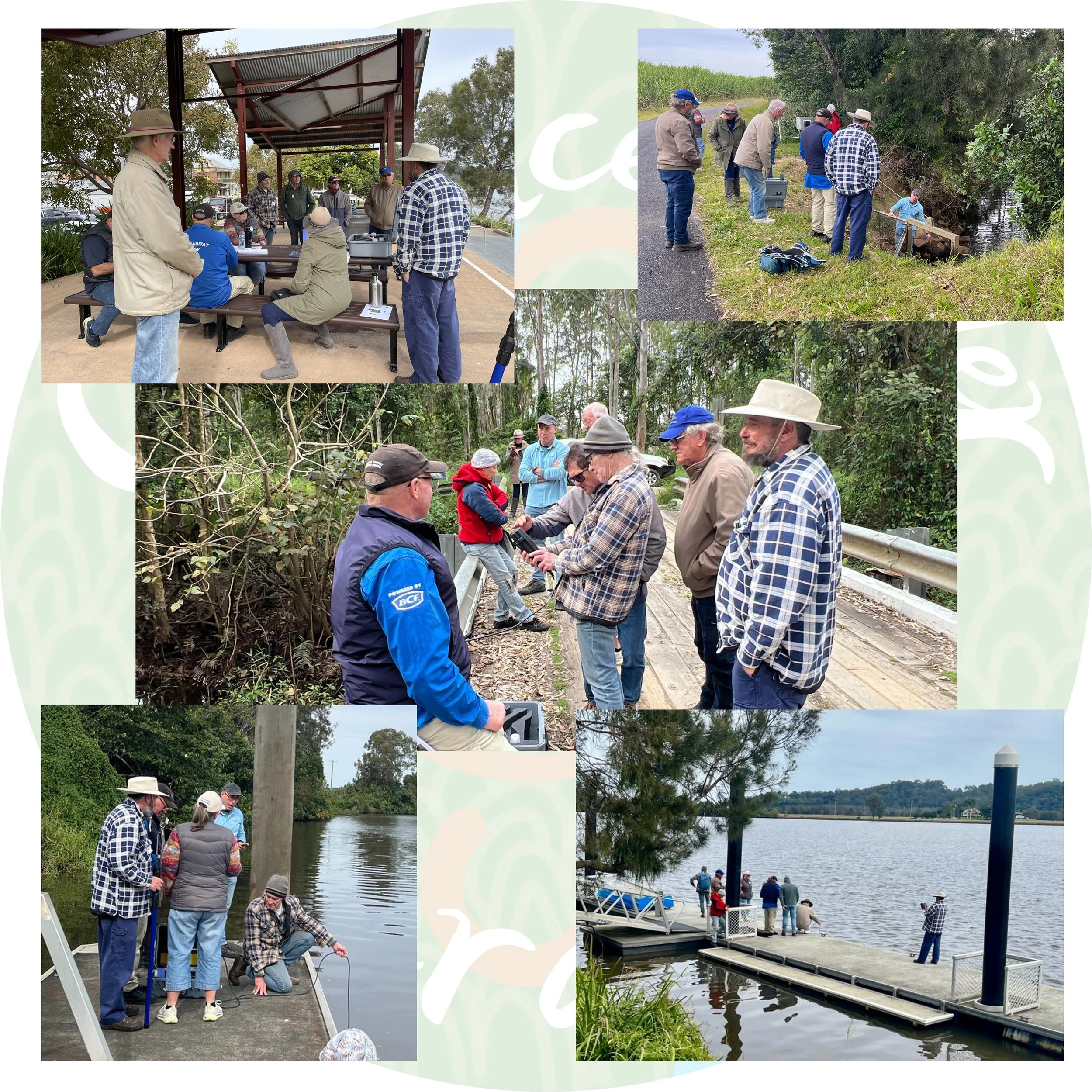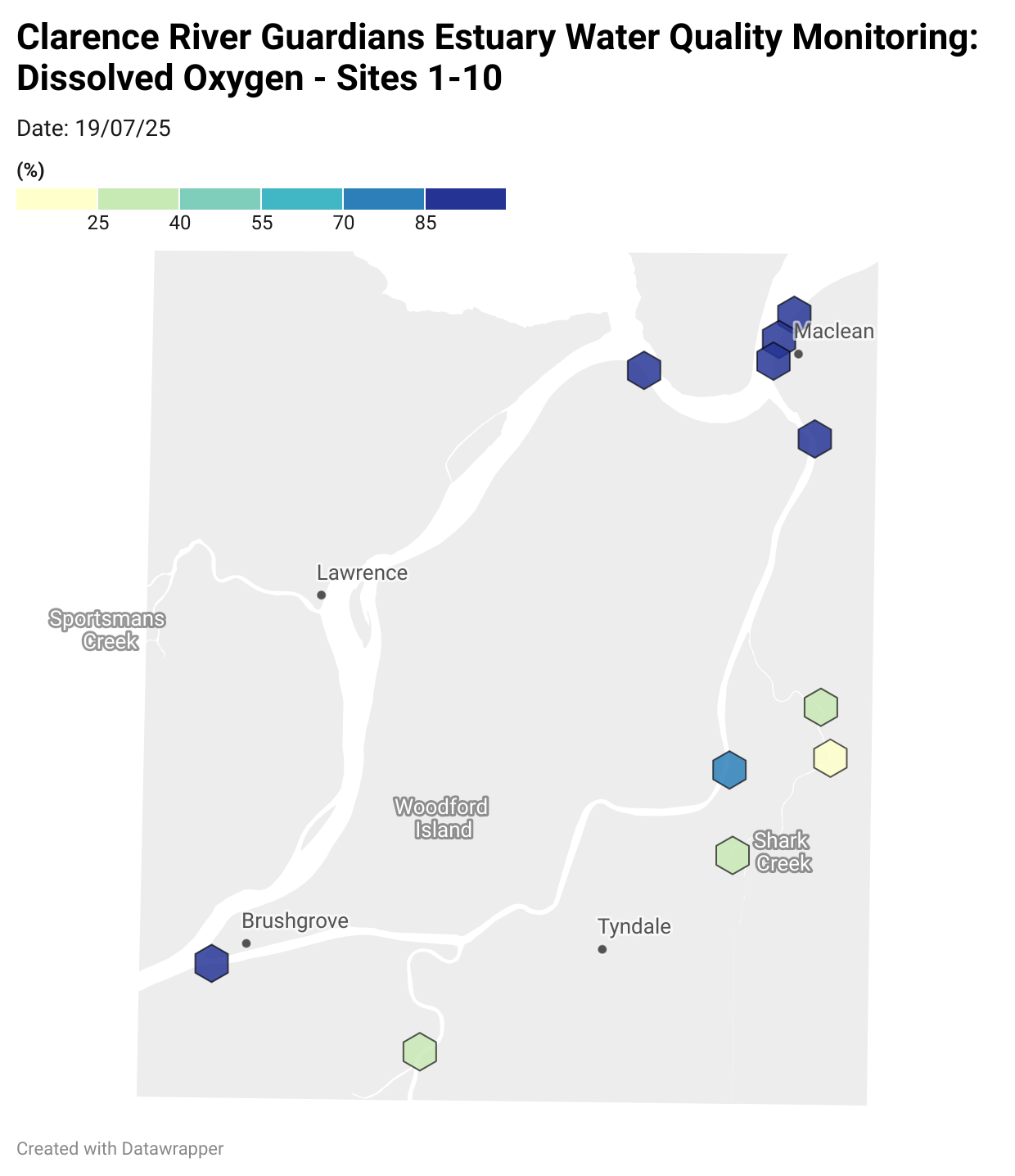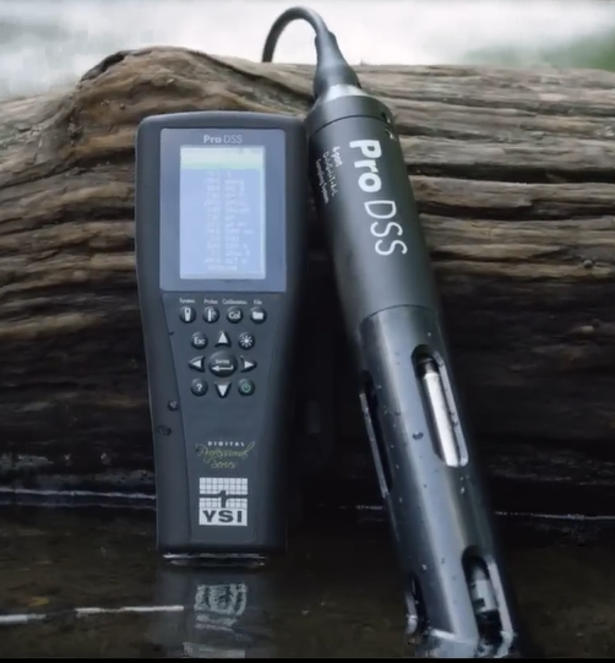
Water Quality monitoring
The health of our river is deeply connected to the quality of its water. Although the mighty Clarence River is the largest coastal catchment in NSW, it faces a range of water quality issues.
The issues vary between the sub-catchments and tributaries. Parts of the estuary and lower floodplain are impacted by acid drainage and low oxygen - especially after wet periods - whereas some upper freshwater sections of the river can experience elevated nutrients and suspended sediments.
To look after the river, we need to understand how water quality is changing over time and what is causing those changes. While there has been various studies and short-term investigations over previous decades, the community still lacks scientifically robust, easily accessible, long-term water quality data for the Clarence River.
A lack of data makes it difficult to understand trends or to interpret the rivers health and recovery after significant events (e.g. floods / bushfires / droughts). Is the water quality in the river improving? Is it stable or getting worse over time? At the moment, we do not know.
This project will help fill this gap.
Water Quality in the Clarence
Clarence River catchment and topography.
A long-term Community / University collaboration
Everyone in the valley loves the river and wants to see it healthy and thriving for generations to come. Making that happen will require a community united, walking together.
This project aims to create a network of trained community volunteers, united as citizen scientists.
Community volunteers will help monitor river water quality in partnership and with scientific guidance from Southern Cross Universities Catchments, Coasts and Communities Research Cluster.
The aim is:
to be educational, fun and inclusive.
to be scientifically rigourous.
for the information to be accessible to the community.
This project is an opportunity for the community to participate in gathering important data to help guide our understanding and management of the river in order to improve its health.
Water quality monitoring will focus on two areas. One in the upper, freshwater parts of the river. One in the lower river estuary (where seawater and freshwater mix). This is still in design phase.
Both areas face different challenges and will have different monitoring programs. Estuary monitoring is currently underway at about 10 sites and includes measurement of:
Temperature
Turbidity
Salinity
We are working on a comprehensive monitoring strategy that involves the community at a range of levels, including opportunities for local groups and schools.
As the project grows, we will develop ways of sharing the data using this website. Watch this space!
Freshwater and Estuary zones
Link to changes in pH over time at Clarence River Estuary monitoring sites.
Link to changes in Dissolved Oxygen (%) over time at Clarence River Estuary monitoring sites.
Equipment and Training
The project relies on community care for the river. The river needs you!
If you are interested in helping out and being a volunteer Citizen Scientist - reach out to us via the link above on this page.
Training for volunteers will be provided by Southern Cross University.
Volunteers will learn how to use high quality YSI ProDSS digital sensors and to collect water samples.
SCU will calibrate the digital sensors regularly to ensure high-quality data.
Two YSI ProDSS units have been provided to the community. One from NSW DCCEEW and one from Southern Cross University.
Handheld digital water quality sensor used by the project (YSI ProDSS).
